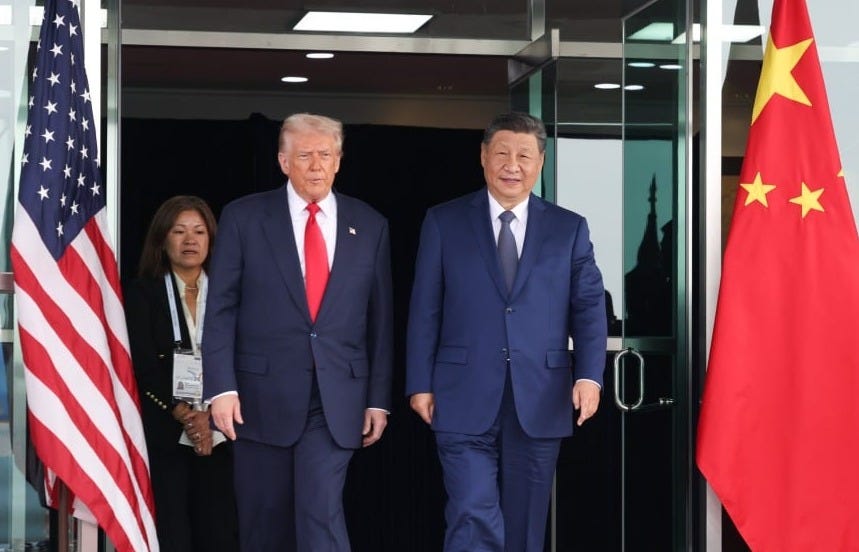China fights Trump: creates H-1B visa to snag diverted foreign tech employees previously in the US
Donald Trump is leaving so many ripple effects of damage to the American economy, and we will feel it as a nation for decades to come. Just like Ronald Reagan, he is making choices that are either extremely hard to reverse or just non-reversible altogether.
The crazier part? You don’t even need a job offer before applying for this visa. In America, under Trump, the fees for the H-1B visa for foreign skilled workers have been raised $100,000 for new applicants. This is obviously leaving a good amount of non-American talent with no choice but to weigh other options.
China has made technological advancement a top priority, even shelling out massive government subsidies to support its research and development in areas like AI, semiconductors, and robotics. For years now, China has been losing a lot of its top talent to other developed countries, such as the U.S. and Europe, after they have completed their degrees.
But with all that said, the jobless rate for Chinese youth aged 16-24, excluding students, is about 18%, and the push to bring in more foreign professionals is raising some eyebrows. The current job market in China is already highly competitive, let alone adding top foreign talent to the mix.
Foreign workers will also face significant challenges, such as language barriers and the general internet censorship that exists for those living within China. Currently, about 1.4 billion people live in China, and only about 711,000 are foreign workers as of 2023.
Beginning with his immigration and economic policies, the ripple effects of Donald Trump’s presidency are being felt far beyond America’s borders. By imposing greater barriers to foreign talent and raising visa costs, the U.S. risks losing its decades-long edge in innovation and technology.
Meanwhile, China is moving swiftly to attract the minds America is turning away, using new visa programs and heavy investments in research and development to strengthen its global standing.
Yet China’s pursuit of foreign talent is scattered with challenges, ranging from high youth unemployment to cultural and systemic barriers to long-term integration. Ultimately, both countries must make fundamental choices between nationalism and global competitiveness. This technological marathon will not be won by the team that builds the best tools, but by the team that leverages the people behind the tools the most.



China runs circles around the US as trump continues to embarrass himself in this trade dispute vs China.